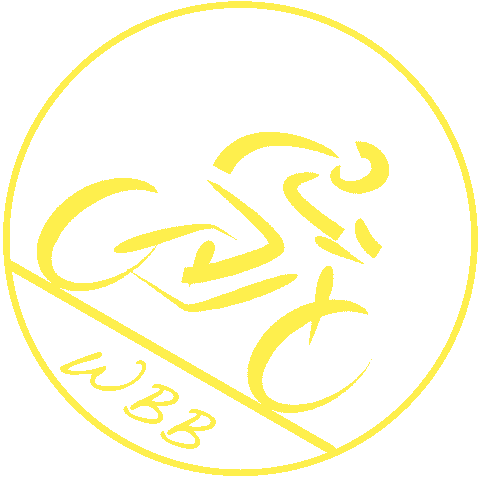Essential Rules of the Track
This page is deliberately short. We ride the track a lot and we keep coming across people not following these essential rules, resulting is quite a number of close calls. Crashes in recreational track cycling are rare, and we want to keep them that way!
Prerequisites
If you are riding the track you have gone through a certification program, and you should already know the following. They are a prerequisite for the rules that follow:
- Velodrome Layout
- Mattamy National Cycling Centre Riding Guidelines for Drop-in Cycling
- Forest City Velodrome Track Rules
- Forest City Velodrome User’s Guide - The sections on track etiquette are a must read. This is an fantastic manual, with a great set of skills drills. If you ride any of the structured training sessions at either Milton or FCV, you will find yourself riding a number of these drills.
The Rules
There are no exceptions to these rules! Just do them!
- Don’t Cruise the Côte! The real Côte d’Azur is a popular place to cruise, but this isn’t that kind of côte… It’s a transition zone, on or off, but not a riding lane. Becuase of the angle of the track, its easy for a rider on the black line to knock heads with a rider on the cote. And crusing on the cote means you block other riders from getting on and off the track.
- It’s Only a Safety Zone if you treat it safely. If you turn your bike around perpendicular to traffic to go back to the entrance, it’s probably a mistake; always look, look, look – don’t move out from the rail without looking, and don’t stand in the middle talking to people.
- Always, always call out “stick” when overtaking any rider, individual or a paceline.
Don’t be a typically polite Canadian… Yell loud and clearly. it’s just the right thing to do.
- In fact, when passing a paceline, you need to yell srick twice - oncw when approaching the back of the line, and again when approaching the rider on the front. Think about it… if you only call stick when at the back of the paceline, the lead rider won’t hear you. And he’s the rider that will be moving up track to exchange!
- Always, always shoulder check before changing you line on the track.
Even if you think you know what’s going on around you, shoulder check anyway.
- In fact, its a great idea to keep aware of the track as a whole. Who’s riding where and at what speeds.
- Never, ever pass inside of the red line. When overtaking other riders low on the track, always go over them, never under.
- When riding in a paceline low on the track never pass the blue line when exchanging. The faster pacelines are riding on the blue line, they can come up quickly.
- Drop ins are for steady paceline riding There may be times, especially late in 1.5 hour session, when some kind of effort can be made in the regular drop-in sessions (The rules for fast-pace drop-ins are different!), but not officially, and never flying laps. And still call stick, loud and early! If you want to do fast efforts, its perfectly acceptable to do them on the blue line.
- Stay calm, and be a little patient
There will be times when things get a bit tricky. Holding your line, yelling stick, and shoulder-checking will address almost any issue. Patience can also be helpful:
- You can delay exchanging if you are coming up on another paceline or crowded section of the track.
- If you need to temporarily slow (only a little!) to keep things calm and clear, you can do so.
- Just like driving, keep constant attention and keep aware on who’s around you, and what speeds others are riding at.
- A little extra communication can be useful.
- “Stick Up or “Stick High” Is an instruction to a rider higher on the track to hold their line. You are passing under
- “Stick Low” or “Stick Down” Is an instruction to a rider lower on the track to hold their line. You are passing over
- “On your Wheel” Lets a rider in front of you know that you have joined in behind him.
- “Drop In” Use this if a rider ahead of you is exchanging, there is a gap in the paceline ahead of you, and you want him to join the pace line ahead of you.
- Flicking you right elbow is a sign to riders behind you that you are moving up track. But you will already have done a shoulder check, and the riders behind you will have noticed you shoulder check and interpreted it as an indication you might be moving up track.
